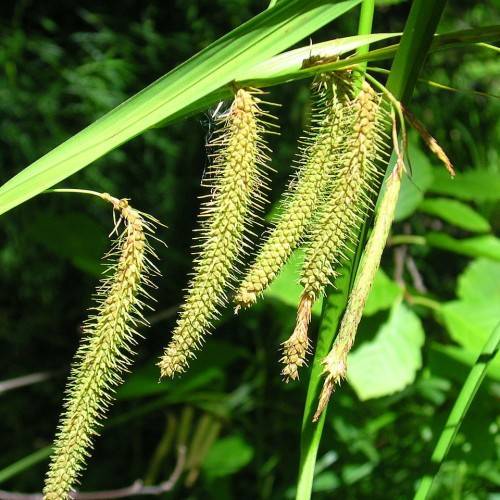
Fringed Sedge
Carex crinita var. crinita
Watering:
Minimal
Hardiness Zone:
Flowers:
Flowers
Sun:
Sun
Soil:
Sand
Leaf:
Yes
Growth Rate:
Low
Drought Tolerant:
Yes
Salt Tolerant:
Yes
Care Level:
Medium
watering
Crawe's Sedge should be watered 1 to 2 times a week. During the summer months when the temperatures are warmer, water more frequently. During winter, when the temperatures drop, water less often—but make sure to check the soil to make sure that it is not drying out. To water, use a watering can to sprinkle the soil but not so much that it becomes soggy. Water deeply, as this will encourage the plant's roots to grow deeper.
sunlight
Crawe's Sedge prefers full sun to partial shade and should be provided with a minimum of 6 hours of sunlight per day for optimal growth. It will grow in partial shade, but the foliage may not be as healthy or lush. When planted in full sun, Crawe's Sedge should be watered regularly to ensure the soil does not dry out too quickly. When planting the sedge in partial shade, it should also be given supplemental water and irrigation during dry periods. With proper care and adequate sunlight, Crawe's Sedge will thrive.
pruning
This grass-like plant species should be pruned once a year in late spring or early summer to keep a neat and manageable shape. Trimming the individual stems of the sedge to just above the ground will encourage healthy and dense re-growth. In the first few years, experimentation may be required to find the perfect balance of pruning to ensure the desired shape is attained. It is important to avoid over-pruning and cutting back more than necessary.
